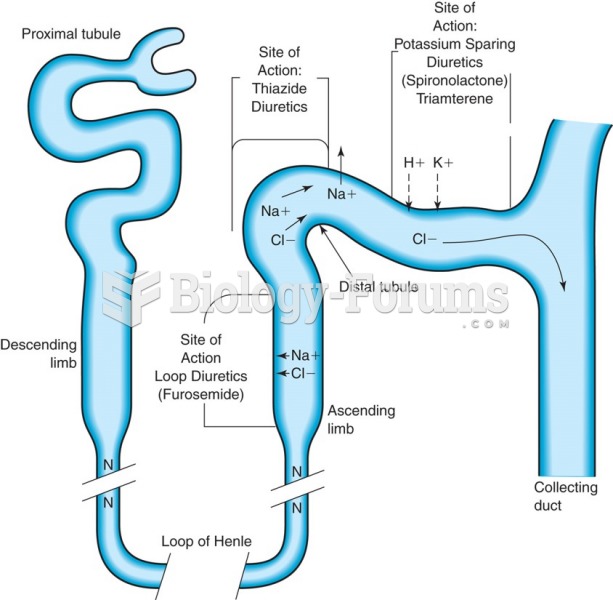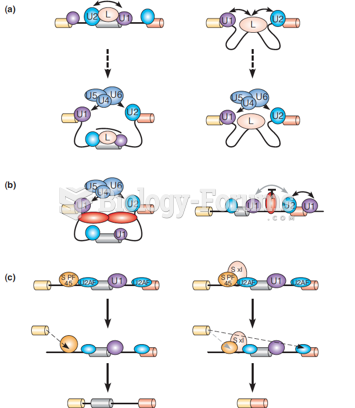Answer to Question 1
From the Web site: What is an ecotipping Point? An ecotipping point' is a point in a linked eco-social system where a small action can catalyze major changes in the system's health.
A tipping point is a lever that sets a system moving in a better direction or a worse one. An invasive species like water hyacinth may degrade a lake by choking out native plants. But introducing a creature that feeds on the hyacinth may tip aquatic plants back into balance.
Tipping points work by stimulating feedback loops. These are mutually reinforcing cycles of cause and effect. Plants and animals contain hundreds of biological feedback loops, keeping parameters like body temperature and blood sugar in healthy balance. Ecological feedback loops regulate plant and animal populations in an ecosystem, so they can continue working together as a whole.
Through history, many human societies have worked in harmony with feedback loops, reaping nature's bounty while respecting nature's boundaries. But critical social changes in technology, values, organization, and institutions can disrupt the interplay of these forces. Then, feedback loops may amplify the disruption, until an eco-social system slides from healthy function into devastating decline.
Once tipped, a system can spiral downward with surprising speed. On the Great Plains in the 1930s, interlocking feedback loops of overgrazing, declining crop yields, wind erosion, and foreclosures of farmers' mortgages produced the eco-social collapse of the Dust Bowl. The good news is that, once a system is tipped the right way, the multiplier effect of feedback loops can speed its recovery. Nature does much of the work, instead of cumbersome technological fixes. As recovery gains momentum, it can spin off further helpful feedbacks.
The ecotipping point's paradigm is like a lens. It helps us focus on the systemic causes behind environmental problems. It also helps focus on the core solutions behind environmental success stories, so that we can apply them to other problems.
Ecotipping points are not magic bullets to solve environmental problems overnight. What they can do is set eco-social systems moving in the right directions, so that nature, and human nature, can take over the work of healing themselves. Moreover, they're not visions of a utopian future. They're at work, even now.
Answer to Question 2
Public health refers to the health of an entire population. Morbidity is the incidence of disease in a population and is commonly used to trace the presence of a particular type of illness, such as influenza or diarrheal disease. Mortality is the incidence of death in a population. Epidemiology is the study of the presence, distribution, and control of disease in populations.







